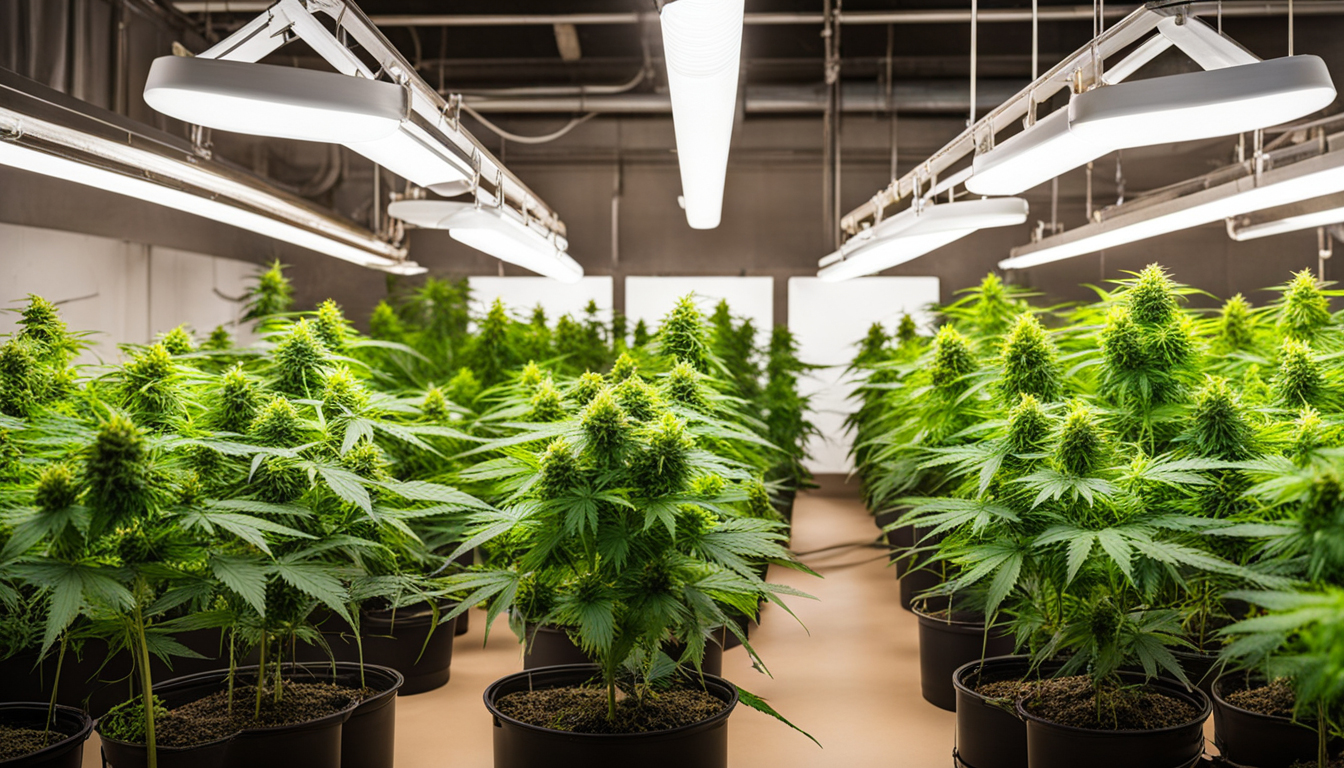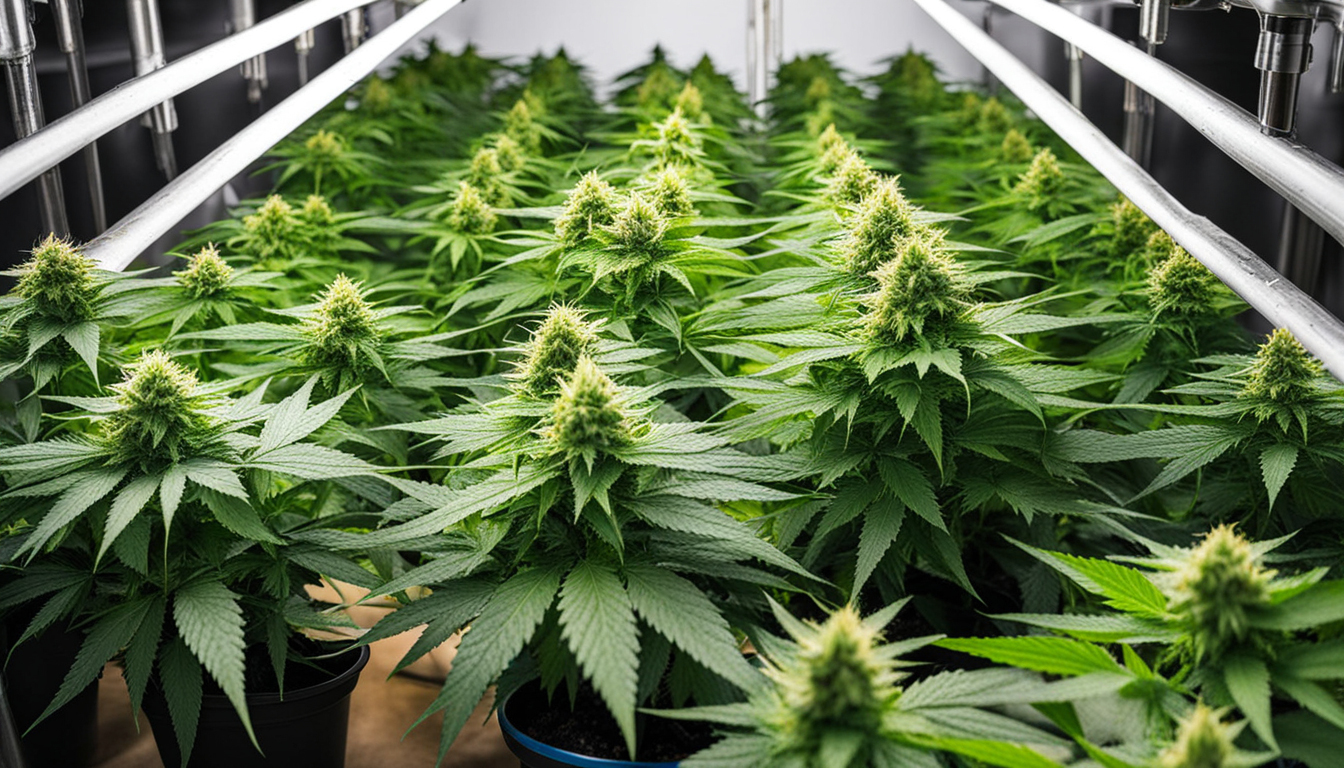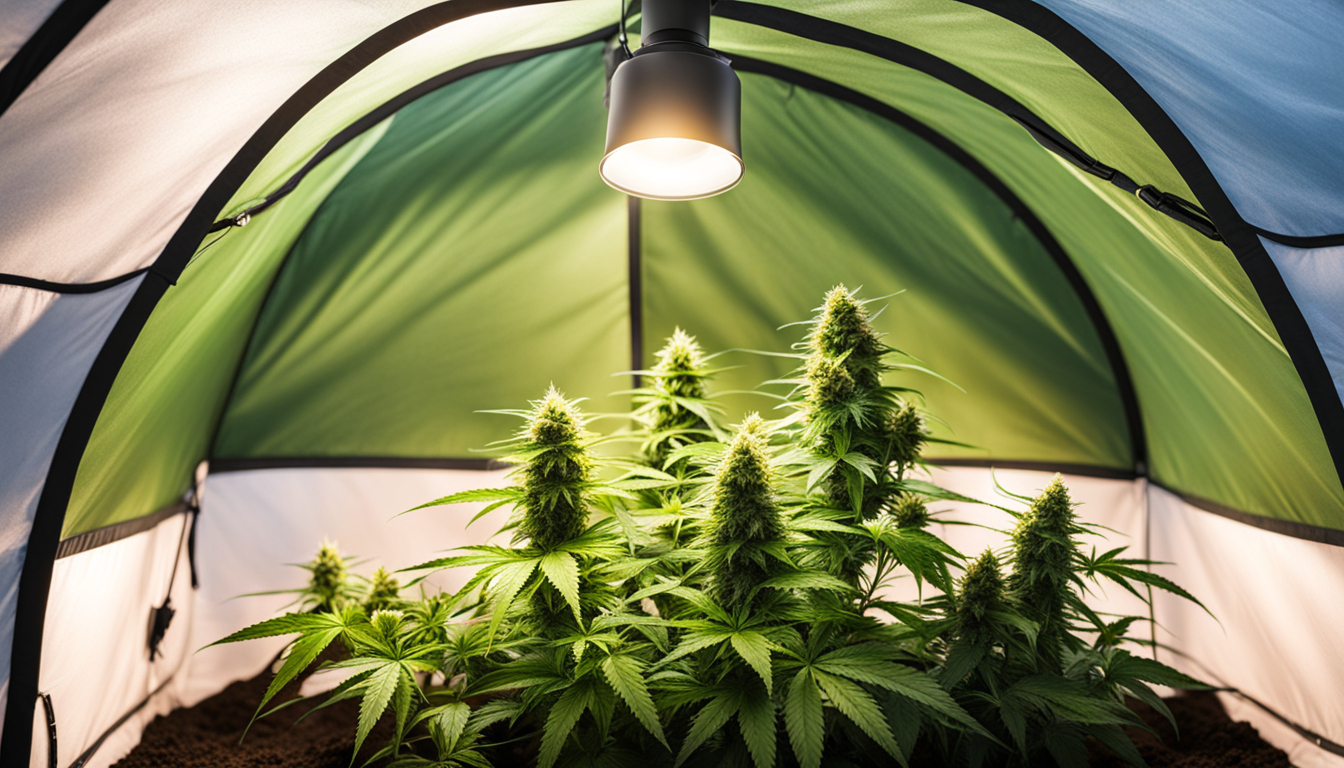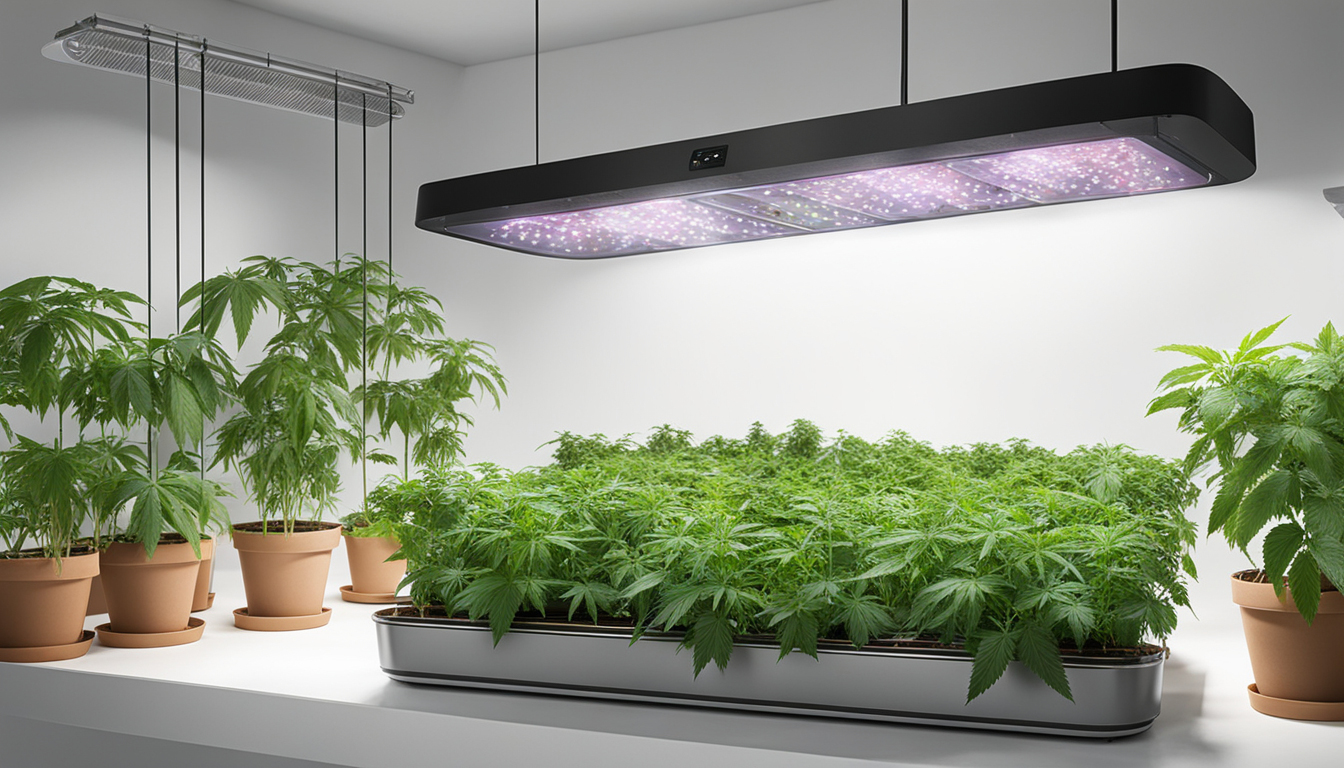
Whether you're beginning cannabis growing or looking to improve your existing harvest, following this complete guide will help you produce bountiful, high-quality yields right at home. With the right equipment, methods, and attention, cultivating cannabis indoors can be an extremely satisfying and cost-effective endeavor.
Choosing Marijuana Varieties
The first step in planning your indoor harvest is choosing the right cannabis varieties to grow. The three main types of marijuana plants each have their own qualities.
Sativas
Known for their invigorating intellectual effects, these strains spread tall and slender with narrow leaves. They flourish in tropical tropical climates and have a longer flowering time between 10-12 weeks indoors. Top sativa strains include Sour Diesel, Durban Poison, and Jack Herer.
Indicas
Indicas provide relaxing body-focused effects and spread short and bushy with wide leaves. Accustomed to colder mountain climates, they bloom faster within 2-2.25 months. Popular relaxing varieties include Granddaddy Purple, Northern Lights, and Bubba Kush.
Hybrids
Hybrid strains blend traits from both energizing strains and relaxing strains. They offer blended effects and have medium blooming times around 2.25-2.5 months. Popular mixes are Blue Dream, OG Kush, and Blue Dream.

Setting Up Your Grow Space
Cannabis plants need the right controlled environment to succeed. Key factors for indoor cultivations are lights, airflow, layout, and finding the ideal discreet spot.
Location
Choose an unused space with easy access to water and electrical outlets. An empty spare room, large closet, basement corner, or cultivation tent securely placed in a garage all make great discreet cultivation room spots.
Lights
Weed requires intense light for all growth stages. LED grow lights are energy-efficient and come in broad spectrum options replicating natural sunlight. Cover 250-400 watts per sq. ft for the growth stage and 20-40 watts per square foot for flowering.
Airflow
Proper ventilation and exhaust systems keep ideal temp, humidity, and fresh CO2 levels. Set up low-noise 10-15 cm fans or carbon filters to circulate stale air and eliminate smells.
Layout
Optimize your space by positioning plants strategically under the lights and allowing room to reach and work around them. Set up separate zones for growth, bloom, drying, and cloning.

Growing Substrates
Weed can be grown in various substrates, each with pros and cons. Pick a suitable option for your specific setup and growing style.
Soil
The classic substrate, soil is cheap and simple for beginners. It provides excellent flavor but needs more watering and nutrients to feed plants. Amend soil with vermiculite or coco to enhance drainage.
Coco Coir
Made from coir, reusable coconut fiber holds water but still allows air to the roots. It's more sterile and more predictable than soil. Use coir-specific nutrients to avoid accumulation.
Hydroponics
In water systems, plant roots develop right in nutrient irrigation solution. This allows rapid development but needs close observation of solution chemistry. DWC and drip systems are common methods.
Germinating Seeds
Sprouting prepares your weed seeds to start growing taproots. This readies them for planting into their growing medium.
Paper Towel Method
Put seeds between damp paper towel and keep them moist. Inspect after 2-7 days for emerging radicles indicating germination is complete.
Planting directly
Plant seeds directly into wetted growing medium 6mm deep. Gently water and wait 1-2 weeks until seedlings push through the surface.
Cubic rockwool
Soak cubic rockwool starters in balanced water. Place seeds 1⁄4 inch deep into the cubes. Keep cubes wet until seedlings appear within 1-14 days.
Transplanting Young plants
Once sprouted, marijuana young plants need to be transplanted to prevent crowding. Move them into appropriately sized containers.
Preparing Containers
Load large pots with cultivation medium enriched with time-released nutrients. Allow pots to absorb water for 8-12 hours before transplanting.
Carefully Transplanting
Carefully separate seedling roots from germination medium using a spoon. Put into prepared pot at same depth as before and lightly water in.
Growth Stage
The vegetative stage promotes foliage and plant structure through 3/4 Watch Now to full day of daily lighting intensity. This stage usually lasts 4-8 weeks.
Using 3/4 to full day of Light
Use grow lights on a 24 daily schedule or natural sunlight to trigger constant growth. Lamp output influences size and node distance.
Nutrients
Use vegetative stage fertilizers richer in N. Make sure pH stays around 5.8-6.3 for proper nutrient uptake. Fertilize 1⁄4 to 1⁄2 concentration after 14 days and increase slowly.
LST and topping
Topping, LST, and scrogging manipulate growth patterns for even canopies. This increases yields.

Bloom Stage
The blooming stage develops buds as plants show their sex under a 12/12 light timing. It lasts 2-3 months based on strain.
Changing Light Schedule
Switch lamps to 12/12 or place outdoors for natural 12/12 timing. This triggers plants to begin blooming.
Flushing
Leaching flushes out fertilizer residuals to improve taste. Fertilize weakly the first weeks then just use plain water the last 2 weeks.
Flushing
Maintain 12 hour photoperiod but flush using pH-balanced water only. Resume clean watering if buds aren't yet mature after two weeks.
Harvesting
Knowing when weed is fully ripe ensures maximum cannabinoid content and aroma. Harvest plants at optimal ripeness.
Signs of readiness
Look for swollen calyxes, faded pistils, and 10-15% amber trichomes. Check buds around the plant as they won't all ripen evenly.
Cutting Plants
Use clean, sharp pruning shears to carefully cut each plant at the base. Leave 5-10cm of stalk attached.
Curing
Hang intact plants or colas upside down in a dark room with average temp and RH around 50-60% for 7-14 days.
Curing
Aging keeps desiccating while aging the buds like fine wine. This process smooths harshness and intensifies terpene contents.
Jars and Humidity
Trim cured buds from branches and place into glass jars, filling about 75% capacity. Use a sensor to measure container moisture.
Burping Daily
Open containers for a few hours daily to slowly lower moisture. Rehydrate buds if humidity drops below 55%.
Final Cure
After 14-21 days when moisture levels off around 55-65%, do a last manicure and keep forever in sealed jars.
Common Problems and Solutions
Even seasoned cultivators run into various pot plant problems. Detect issues soon Watch Now and address them correctly to keep a healthy garden.
Poor feeding
Chlorosis often indicate inadequate nitrogen. Anthocyanins and leaves show low phosphorus. Test pH and increase fertilizers gradually.
Pests
Thrips, aphids, fungus gnats, mites, and root aphids are frequent cannabis pests. Use organic sprays, ladybugs, and yellow traps for natural control.
Powdery mildew
High humidity promotes powdery mildew and root rot. Improve circulation and circulation while lowering RH below 50% during flowering.

Summary
With this complete indoor pot cultivation guide, you now have the knowledge to cultivate bountiful potent buds for personal harvests. Apply these techniques and techniques throughout the germination, growth, and flowering stages. Invest in quality gear and closely monitor your plants. In time, you'll be rewarded with sticky fragrant buds you raised Subscribe Now yourself under the loving care of your green thumbs. Good luck cultivating!